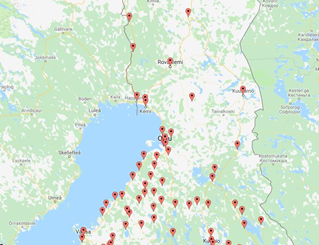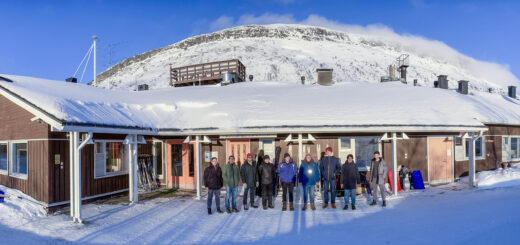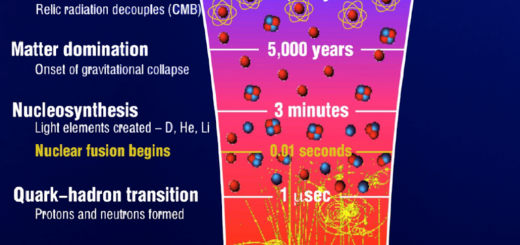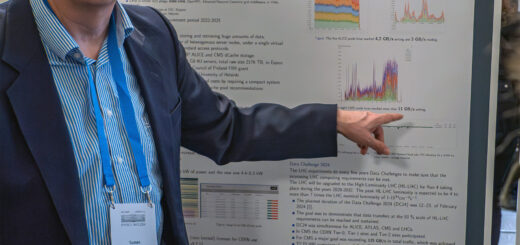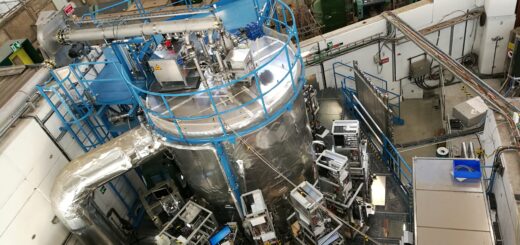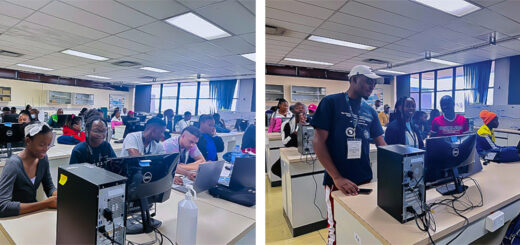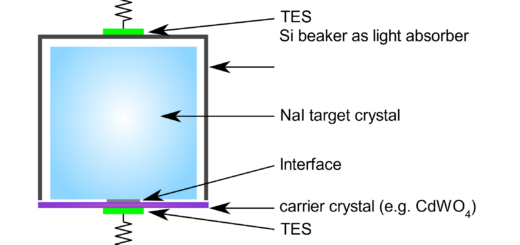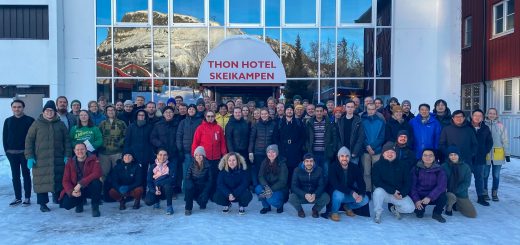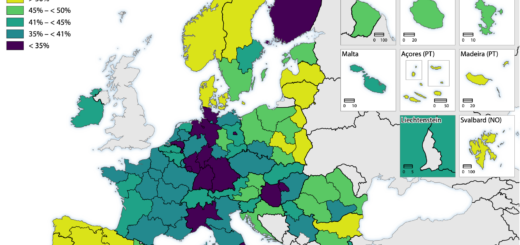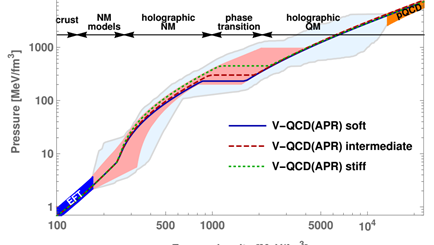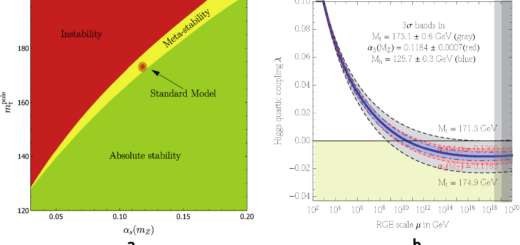SPEDE – novel instrument to probe exotic nuclei

CERN restaurant #1, November 2009. I sat down with Professors Rauno Julin (University of Jyväskylä) and Peter Butler (University of Liverpool, UK) to discuss about a research idea employing post-accelerated beams at ISOLDE, CERN. Rauno, my PhD supervisor and Peter, my mentor for writing Marie Skłodowska-Curie proposal that provided me with fellowship funding at CERN, are pioneers in in-beam electron spectroscopy. I wanted to ask their opinion whether my plan for a compact electron spectrometer for Coulomb excitation experiments in radioactive beam was realistic.
Prior to my fellowship at CERN, I worked as a post-doctoral researcher at the University of Liverpool, UK. We aimed to combine solenoidal spectrometer with germanium detector array for simultaneous detection of both electrons and gamma rays [1]. The SAGE project, coordinated by Professor Rolf-Dietmar Herzberg, was very successful and resulted in several experimental campaigns to date. Nevertheless, transportation of electrons away from the target by means of solenoid coils is not adaptable for Coulomb excitation experiments as the information about electron emission angle is lost. Thus, novel solutions for experiments with post-accelerated beams at ISOLDE were needed.
While in-beam gamma-ray spectroscopy of exotic nuclei is difficult, in-beam electron spectroscopy is even more challenging. This is reflected in the small number of research groups that are active in the field. However, electron spectroscopy can address physics questions which are beyond the reach with any other technique. A prime example is our very recent study that shed new light on the competing structures in 186Pb [2], unique nucleus at the heart of triple-shape coexistence. In particular, electron spectroscopy can be used to determine the electric monopole strength, which is related to nuclear shape mixing and can be used e.g. to assess differences in nuclear mean-square charge radii [3].
The main challenge in electron spectroscopy arises from atomic collisions that produce huge flux of so-called delta electrons. The delta-electron production rate is proportional to the number of colliding nuclei (beam intensity and target thickness) and to their atomic numbers (Z) and increases exponentially with decreasing energy. Picking up the signal of interest that is hidden in the constant stream of unwanted signals requires sophisticated methodological approaches and high detection efficiency.
My idea to overcome the delta-electron challenge without transportation magnets (i.e. without losing the information about emission angle) was fairly simple. We would apply high voltage in the production target to trap delta electrons with kinetic energy lower than the set voltage. Additional reduction was facilitated with an absorber foil between target and detector. The absorber foil naturally causes straggling of the electron energies, but also prevents scattered beam particles from hitting the detector. Locating the detector in backward angles with respect to the beam direction ensured that majority of the delta-electron flux (that is forward focused) was geometrically cut. These ideas materialised in a device that became the SPectrometer for Electron DEtection in radioactive beam – SPEDE [4].
In 2011, I received funding for the SPEDE project from the Academy of Finland and the European Union’s Seventh Framework Programme. In United Kingdom, University of Liverpool and Science and Technology Facilities Council also contributed for the construction of SPEDE. Research and development work took primarily place in the Accelerator Laboratory of the University of Jyväskylä, where we also commissioned the device with stable beam in May 2015. Soon after, SPEDE was transported to CERN for further testing at the Miniball set-up. Final commissioning with stable beam from the HIE-ISOLDE post-accelerator was conducted in November 2016, but due to various scheduling issues, such as CERN long shutdown 2, Miniball array travelling to the PSI and RIKEN facilities and the COVID-19 outbreak, the first SPEDE experiment could not be performed before 2022.


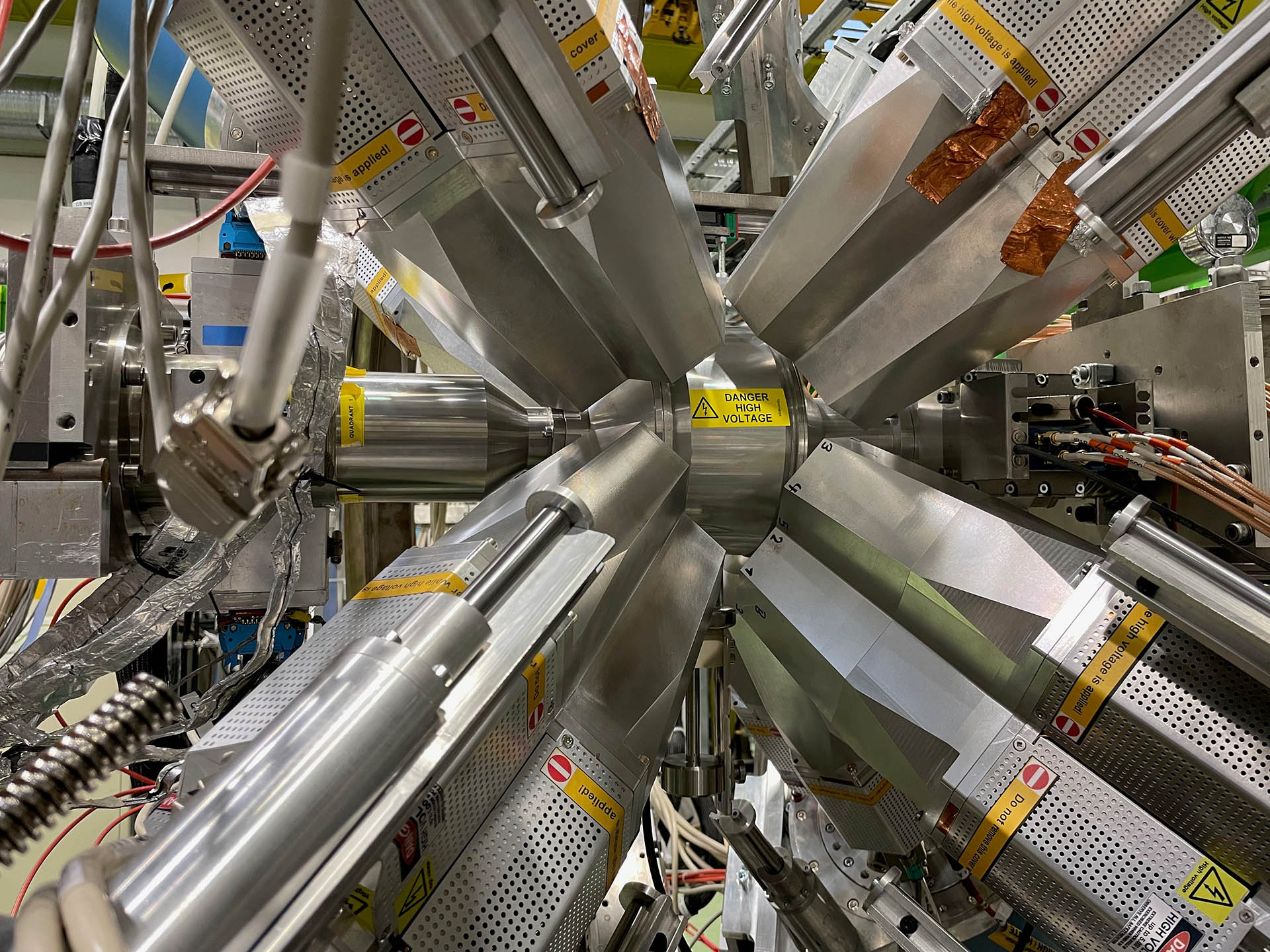
CERN restaurant #2, November 2022. Time to celebrate with crème brûlées. We had just recorded the first electron spectra for 182Hg with SPEDE in radioactive beam. Preliminary analysis showed the concept works. By coincidence, 182Hg was the same nucleus I proposed to study in my Marie Skłodowska-Curie application. I feel the circle is closing. SPEDE is finally in use and ready to tackle physics questions, such as shape coexistence in atomic nucleus. During the project, several students, post-graduate students, post-doctoral and senior researchers have been implementing an idea to a new opening in nuclear structure research.
Janne Pakarinen
University researcher
HIP-ISOLDE project leader
University of Jyväskylä
[1] J. Pakarinen et al., Eur. Phys. J., A 50:53 (2014)
[2] J. Ojala et al., Commun. Phys. 5, 213 (2022)
[3] T. Kibédi, A. B. Garnsworthy and J. L. Wood, J. L., Prog. Part. Nucl. Phys. 123, 103930 (2022)
[4] P. Papadakis et al., Eur. Phys. J. A 54:42 (2018)



